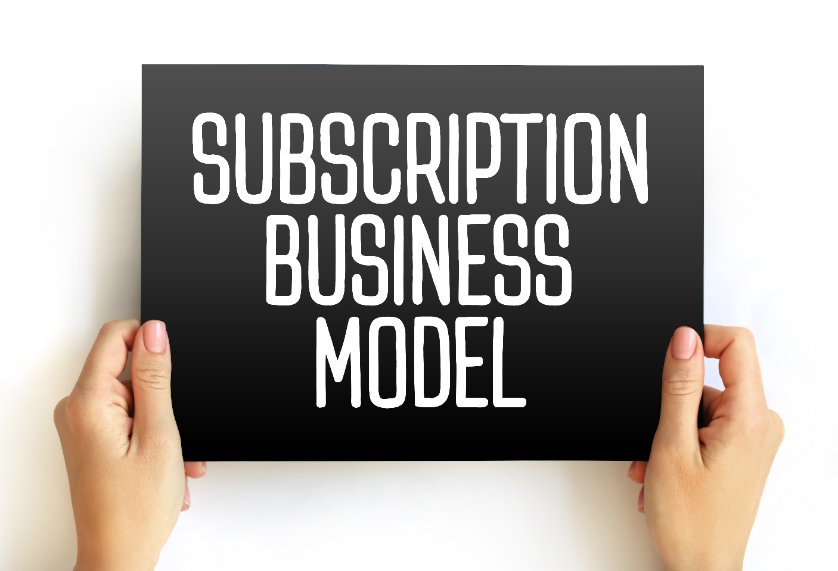Blog
Stay Updated With The
Latest IT News

Microsoft’s “New Commerce Experience”
It seems that more and more services these days are being sold on a subscription basis. Food delivery, streaming video, even car washes, to name just a few.
Of course, this isn’t a new concept. Gyms, newspapers, and cable TV have operated this way for decades.
From the seller’s perspective, it makes perfect sense. Subscription revenue is easier to manage and more predictable than a collection of individual charges.
Plus, as one of our clients realized when they discovered that they were paying a “telephone rental fee” to a major vendor for years — even though they had stopped using their phone system a long time ago — these charges often persist beneath the radar of both consumers and businesses.
And so it should come as no surprise that Microsoft is getting into the subscription game in a big way with its “New Commerce Experience (NCE).” Effective October 1 of this year, many of its most popular offerings — Microsoft 365, Dynamics 365, Windows 365, and Power Platform — will only be available to commercial customers in this way.
Is it good news for customers? Well, Microsoft says that, “…the goal was to give customers greater choice and flexibility in how and where they purchase.”
To which I say, hmm… not exactly.
Two Big Changes
#1. “Perpetual” licenses are being phased out.
Let’s say, for example, that you have a server that is running Windows Server 2016 as its operating system. You’ve had it running for the past six years or so and now you want to upgrade it and/or add some new servers running WS 2022.
You can keep using WS 2016, but your only option for WS 2022 is a subscription.
Plus, these subscriptions (unless you are a huge enterprise) will be sold on an individual basis. In the “old days,” you received a discount on volume purchases (10, 100, 1000, etc.) and you owned the licenses.
#2. Annual commitments are being enforced.
Prior to NCE, you had the option of either a month-to-month or annual commitment (paid monthly). With the annual commitment, you could adjust the quantity of licenses up or down as needed; the only time there was a penalty was if you wanted to cancel entirely.
This was especially useful for seasonal businesses whose user numbers vary significantly throughout the year, or for companies that experienced layoffs or consolidations.
Now, you can only increase the number of licenses during the annual subscription period. Going down in number is no longer an option. Yes, you can still buy monthly, but you will pay a significant premium (10–20%) for that added flexibility.
What Are My Options?
Unfortunately, and except for getting off the MS platform, there is no way around this. The company knows full well that this change will make things more expensive for commercial customers — small business users in particular — putting more money in its pocket as a result.
As for Microsoft’s goal of giving customers “greater choice and flexibility”? Well, like I said, not exactly.




